 African-American Flood Refugees
African-American Flood Refugees
County: St. Francis
 African-American Flood Refugees
African-American Flood Refugees
Allison, Luther
Anderson, Daisy
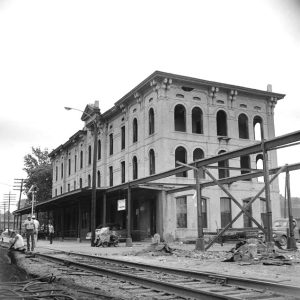 Avery Hotel
Avery Hotel
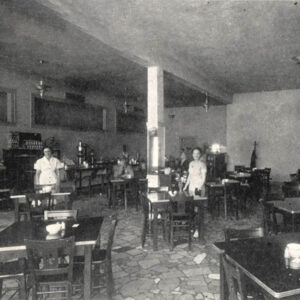 Aycock's Cafe
Aycock's Cafe
Bell and Swain v. State
aka: Elbert Thomas (Reported Lynching of)
Blackfish Lake Ferry Site
 Blackfish Lake Ferry Site
Blackfish Lake Ferry Site
Blount, Josiah Homer
 Scott Bond's House
Scott Bond's House
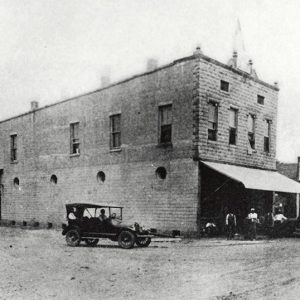 Bond Store
Bond Store
 Scott Bond
Scott Bond
 Scott Bond Family
Scott Bond Family
 Scott Bond Office
Scott Bond Office
Bond, Scott Winfield
 Theophilus Bond
Theophilus Bond
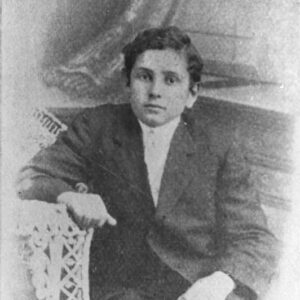 Ulysses Bond
Ulysses Bond
Bond, Ulysses Simpson (U. S.)
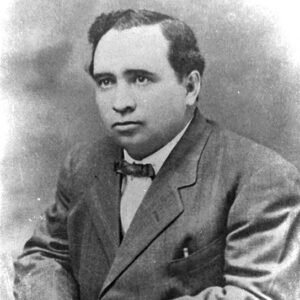 Waverly Bond
Waverly Bond
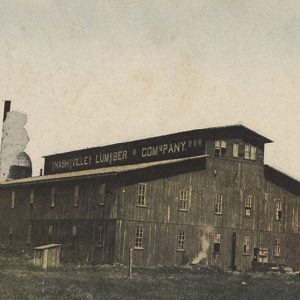 Box Factory
Box Factory
Brooks (Lynching of)
 Entering Caldwell
Entering Caldwell
Caldwell (St. Francis County)
 Caldwell Community Center
Caldwell Community Center
 Caldwell Family Park
Caldwell Family Park
 Caldwell Family Park
Caldwell Family Park
 Caldwell Fire Department
Caldwell Fire Department
 Caldwell Fire Engine
Caldwell Fire Engine
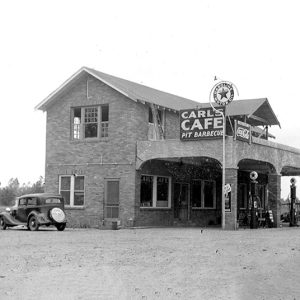 Carl's Cafe
Carl's Cafe
 Chester's Auto Repair
Chester's Auto Repair
Chism, Larry Porter
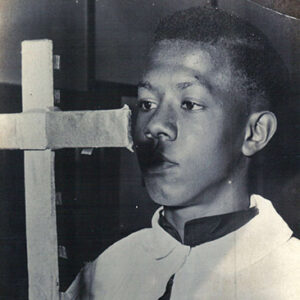 Christ Church Crucifier
Christ Church Crucifier
Christ Church Parochial and Industrial School
 Christ Church Parochial and Industrial School
Christ Church Parochial and Industrial School
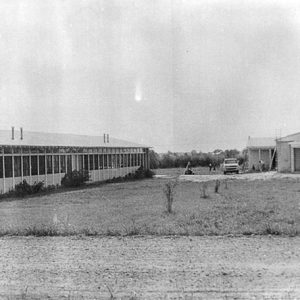 Christ Church Parochial School Buildings
Christ Church Parochial School Buildings
 Chu Building
Chu Building
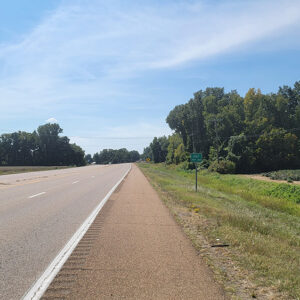 Entering Colt
Entering Colt
Colt (St. Francis County)
 Colt City Hall and Fire Dept.
Colt City Hall and Fire Dept.
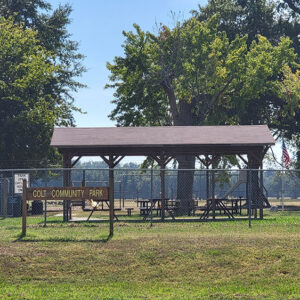 Colt Community Park
Colt Community Park
 Colt Post Office
Colt Post Office
 Colt Street Scene
Colt Street Scene
 Colt Street Scene
Colt Street Scene
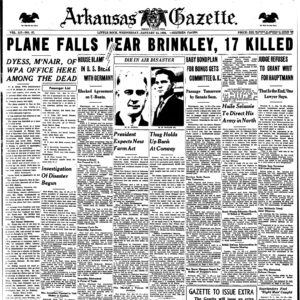 Crash Headline
Crash Headline
Crowley’s Ridge Technical Institute
 Crowley's Ridge Technical Institute
Crowley's Ridge Technical Institute
 Delta Regional Airport
Delta Regional Airport
Dunn, Poindexter
East Arkansas Community College
 East Arkansas Community College
East Arkansas Community College




